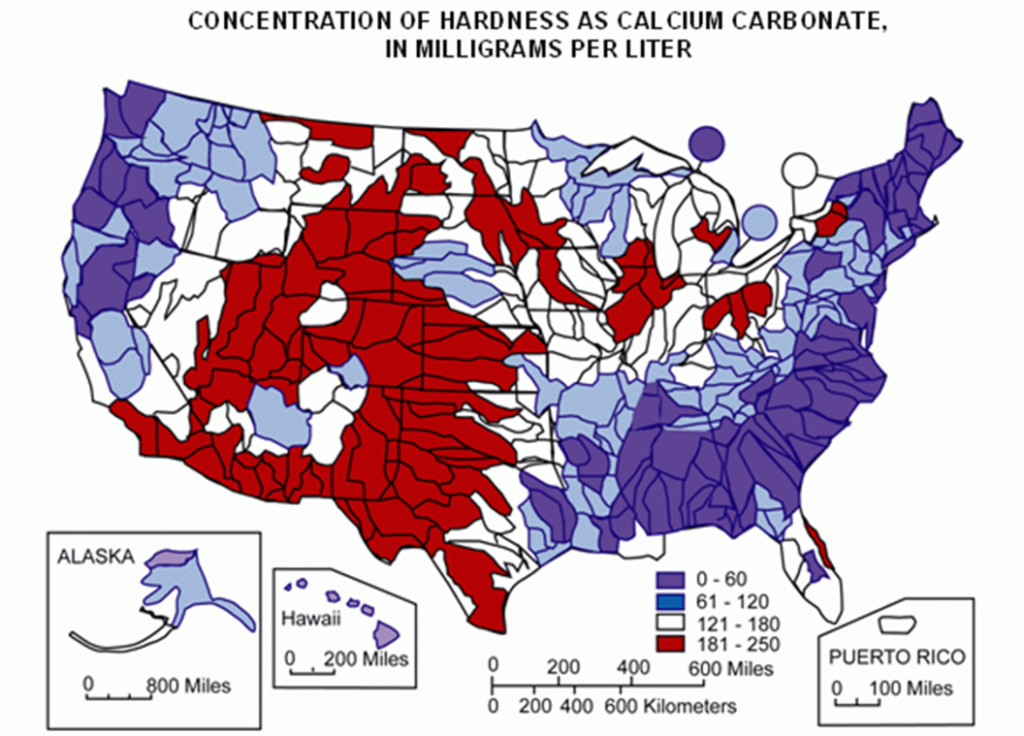Indeed, various water-related challenges persist throughout the United States and EU, affecting both public water systems and individual or industrial water usage. On the supply side, the key issues encompass hard water, the accumulation of limescale, and residual chlorine. Conversely, users encounter difficulties stemming from corrosion in water pipes due to slime, rust, and scale buildup.
Hard Water
Hard water is a prevalent water quality concern that affects many individuals in their daily lives. It contains a high concentration of minerals, primarily calcium and magnesium, which it absorbs from the earth as it passes through underground rock formations. These minerals dissolve in the water, rendering it ‘hard’ and less suitable for various purposes.

Water Quality Challenges
Ensuring safe and reliable water quality is essential for protecting public health and supporting various water-dependent activities. Challenges related to water quality include nutrient pollution, algal blooms, sedimentation, turbidity, emerging contaminants (such as pharmaceuticals and microplastics), and naturally occurring contaminants (such as arsenic and radon).
Water Contamination
Contaminating water sources by pollutants, pathogens, and chemicals poses significant risks to public health and the environment. Sources of water contamination include industrial discharges, agricultural runoff, sewage, and hazardous waste sites. Contaminated water can cause waterborne diseases, environmental degradation, and ecosystem disruption.
Aging Infrastructure
Much of the water supply infrastructure in the United States is aging and in need of repair, replacement, or upgrading. Aging infrastructure can lead to leaks, breaks, and inefficiencies in water distribution systems, resulting in water loss, service disruptions, and increased maintenance costs.
